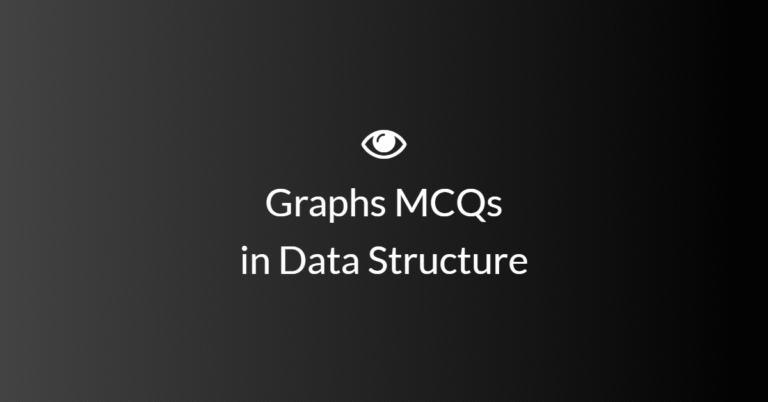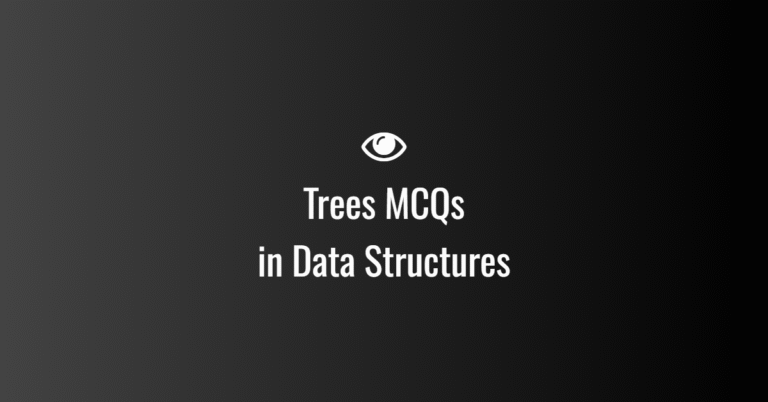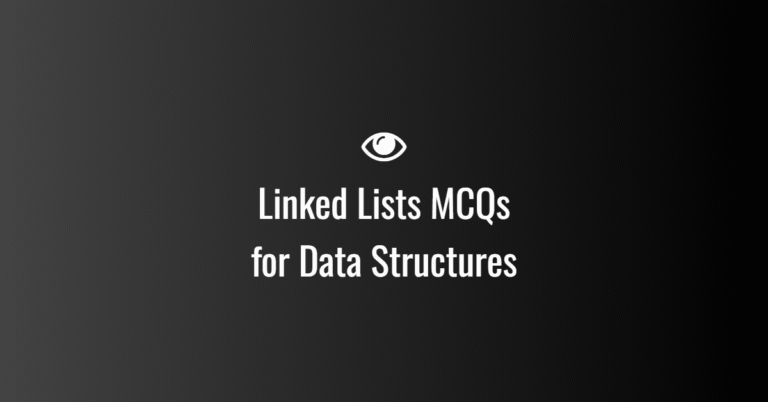
Feasibility Study in Software Engineering
A Feasibility Study is a critical phase in software engineering, often performed during the Planning Phase of the Software Development Life Cycle (SDLC). Its primary purpose is to assess whether a proposed software project is viable from technical, financial, operational, legal, and time perspectives. The feasibility study helps determine whether to proceed with the project or abandon it.
Types of Feasibility
1. Technical Feasibility
Purpose: Determine whether the proposed software can be built with the available technology and resources.
✅ Key Activities:
- Assess the technical requirements of the project (e.g., hardware, software, networks).
- Evaluate the technical capabilities of the development team (skills, experience).
- Identify any new technologies, tools, or platforms required for the project.
- Check if the current technology stack is sufficient for the project or if upgrades are needed.
✅ Outcome:
- Identify any technical risks (e.g., compatibility issues, lack of infrastructure).
- Recommendations for technology selection or upgrades.
2. Economic Feasibility
Purpose: Determine whether the project is financially viable. Will the benefits justify the costs?
✅ Key Activities:
- Estimate the total development cost, including hardware, software, and human resources.
- Calculate operational costs (maintenance, support, infrastructure).
- Estimate the expected benefits or revenue from the project (e.g., return on investment).
- Perform a cost-benefit analysis to determine if the project is financially feasible.
- Consider long-term financial impacts and funding options.
✅ Outcome:
- A detailed Cost-Benefit Analysis (CBA).
- A budget and timeline for the project.
- Recommendations to proceed or reconsider based on the financial evaluation.
3. Operational Feasibility
Purpose: Assess whether the proposed software aligns with the business’s operational needs and objectives.
✅ Key Activities:
- Evaluate if the project will solve the intended business problem or improve operational efficiency.
- Consider how the software will be integrated with existing systems or workflows.
- Assess whether users (both internal and external) can adopt the new system.
- Identify operational challenges (e.g., training needs, resistance to change).
✅ Outcome:
- Analysis of how the software will affect business operations.
- Recommendations for operational changes, training, or support systems.
4. Legal Feasibility
Purpose: Ensure that the software complies with relevant laws, regulations, and standards.
✅ Key Activities:
- Assess if the software meets legal requirements (e.g., data privacy laws, copyright laws).
- Ensure compliance with industry standards (e.g., GDPR, HIPAA, accessibility standards).
- Check for any intellectual property or patent issues related to the project.
- Review any licensing and contractual obligations.
✅ Outcome:
- Compliance report and documentation.
- Recommendations to adjust the project to comply with legal constraints.
5. Schedule Feasibility
Purpose: Evaluate whether the project can be completed within the specified time frame.
✅ Key Activities:
- Estimate how long it will take to complete the project based on requirements and resources.
- Assess any external dependencies that may affect the project timeline (e.g., third-party vendors, regulatory approval).
- Identify any risks of delays and how they can be mitigated.
✅ Outcome:
- Project Schedule – A timeline that includes key milestones and deadlines.
- Risk Mitigation Plan – Address potential delays or roadblocks.
Outcome of the Feasibility Study
At the end of the feasibility study, a Feasibility Report is generated. This report includes:
- Summary of all feasibility aspects (technical, economic, operational, legal, and schedule).
- Risk analysis and mitigation strategies.
- Recommendations (whether to proceed, revise, or cancel the project).
Why is a Feasibility Study Important?
- Helps Reduce Risks: Identifies potential risks early and provides solutions.
- Improves Decision-Making: Provides a clear assessment of the project’s viability.
- Saves Resources: Prevents wasting time, effort, and money on unfeasible projects.
- Aligns Stakeholders: Ensures that business and technical teams have aligned expectations.
- Identifies Potential Obstacles: Helps foresee operational or technical challenges that could arise during development.
Example Feasibility Study Report Outline:
- Introduction
- Executive Summary
- Detailed Analysis of Feasibility (Technical, Economic, Operational, Legal, Schedule)
- Cost-Benefit Analysis
- Risk Assessment
- Conclusions and Recommendations



